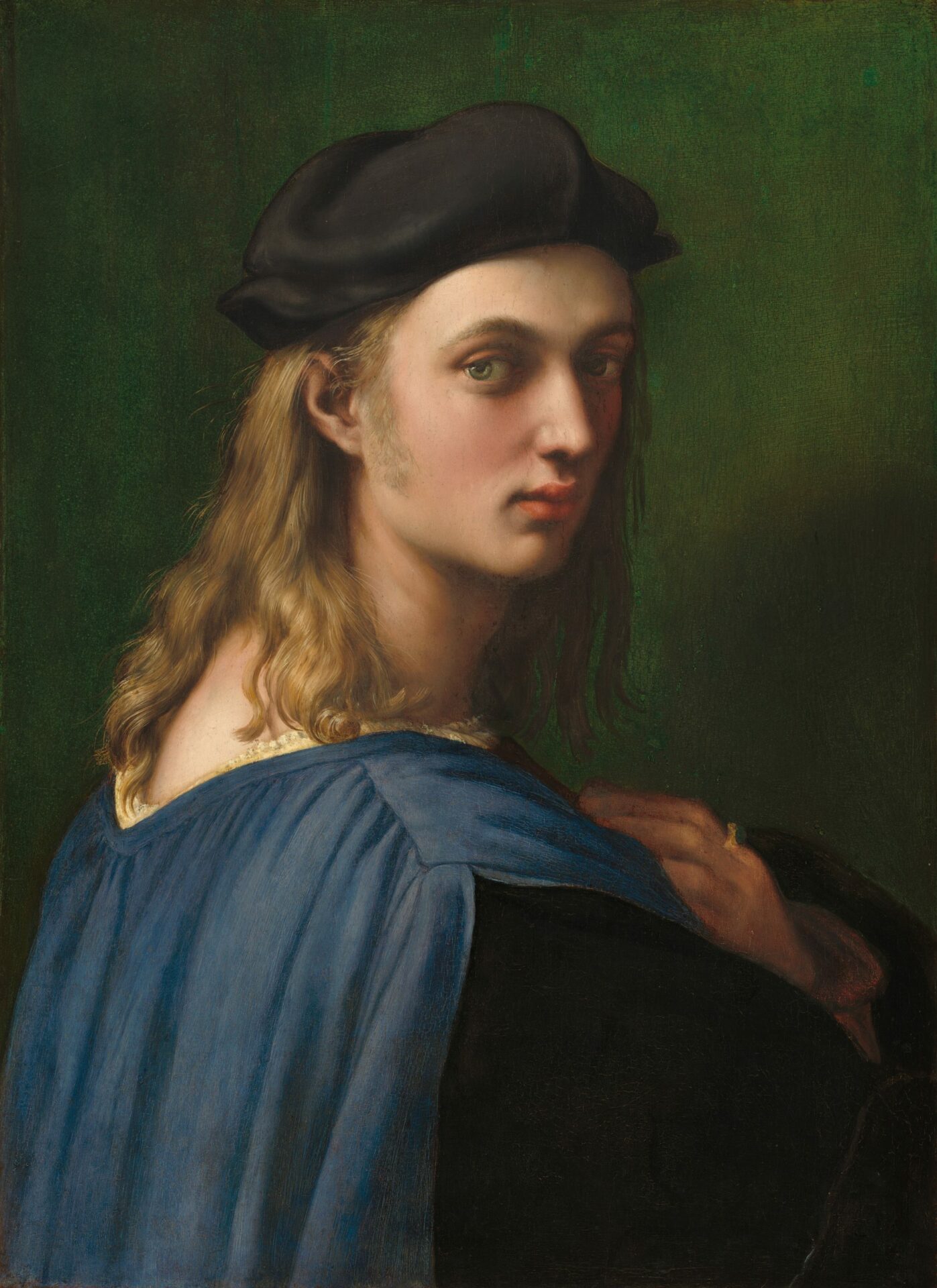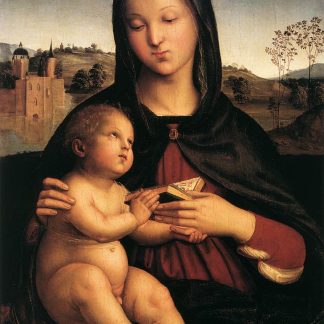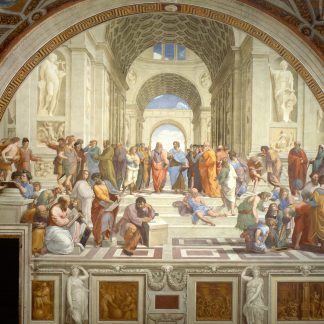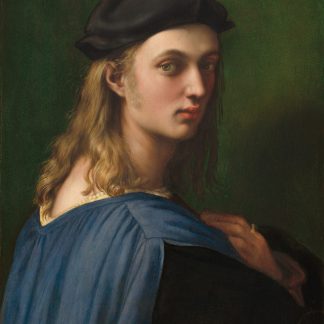Description
The graceful, almost effeminate position of the subject along with the heavy contrast between light and shadow are atypical of Raphael’s work, particularly of his portraits of men, demonstrating the artist’s experimentation with different styles and forms in his later Roman period. The influence of the works of Leonardo, which Raphael studied astutely during this period of his career, is strikingly evident in this particular piece.
The painting was a property of Altoviti’s descendants until 1808, when it was sold to Ludwig I of Bavaria. It remained at the Alte Pinakothek until 1936, when, after many debates about its attribution, the painting was lured out of Nazi Germany by “canny English dealers”. Acquired by Samuel Henry Kress, the portrait subsequently became property of the National Gallery of Art in Washington, D.C..
Bibliography
Portrait of Bindo Altoviti, https://en.wikipedia.org/w/index.php?title=Portrait_of_Bindo_Altoviti&oldid=1102182519 (last visited Aug. 4, 2022).






